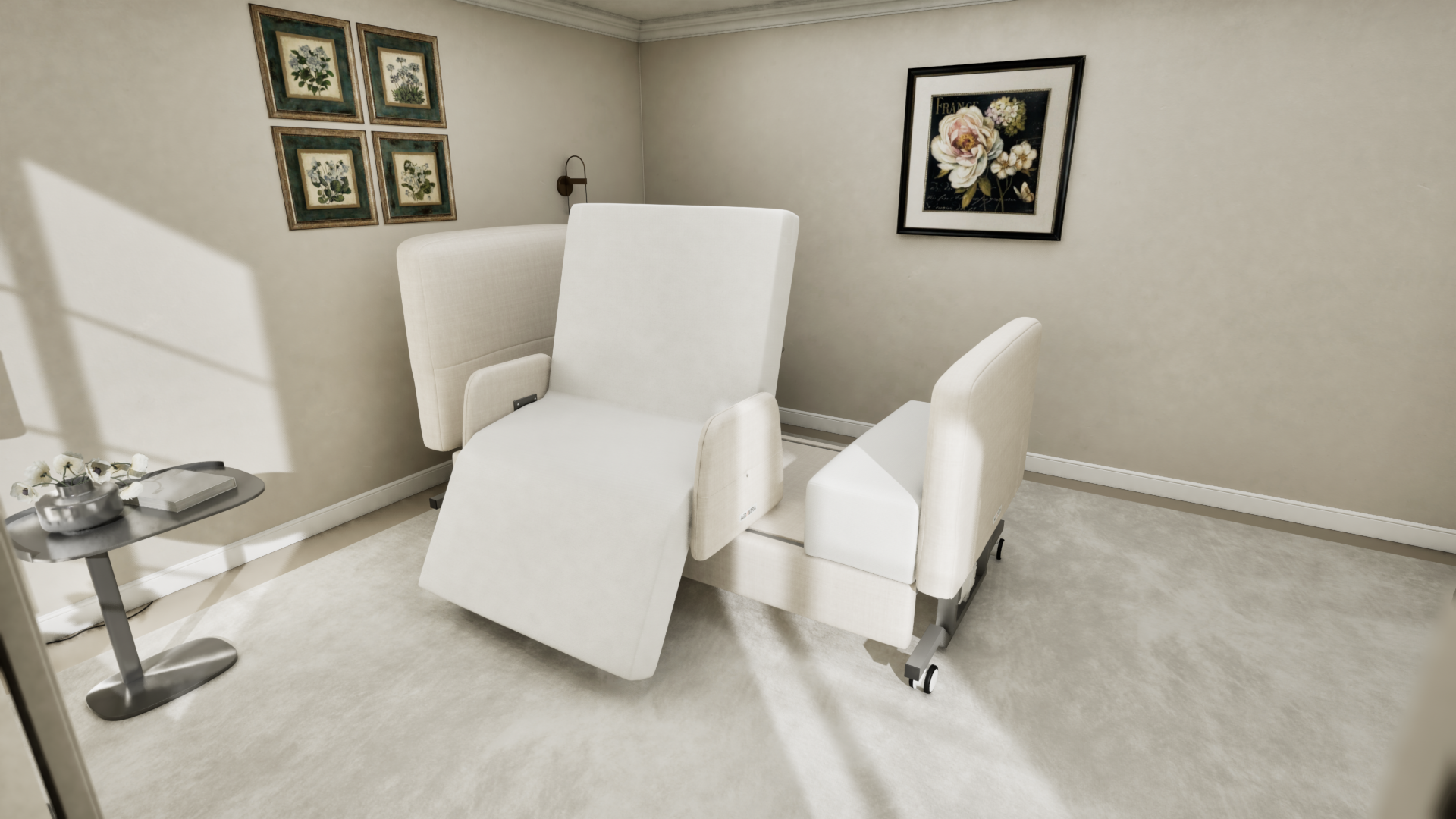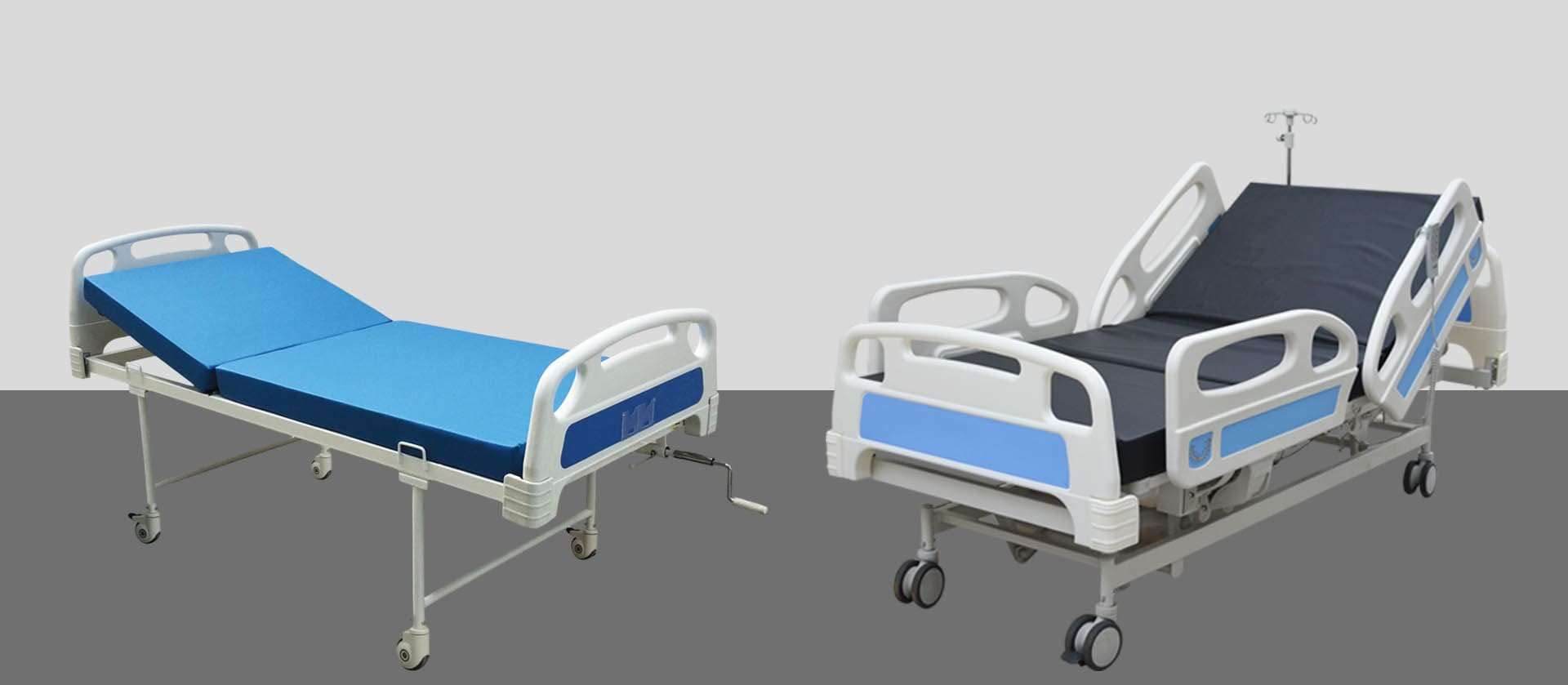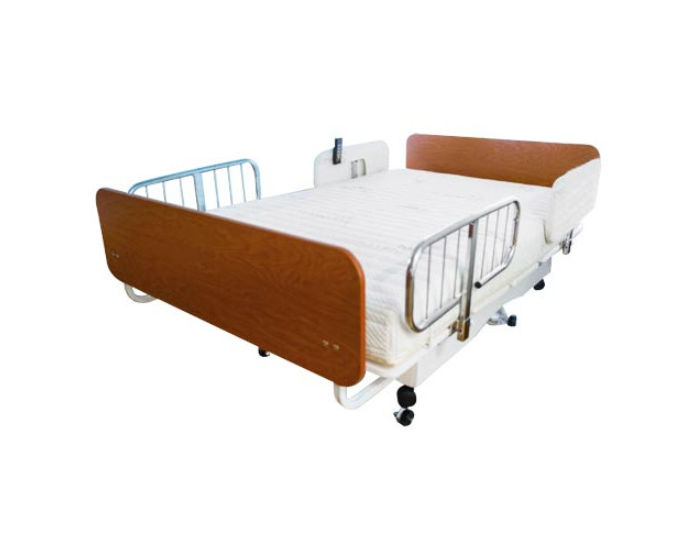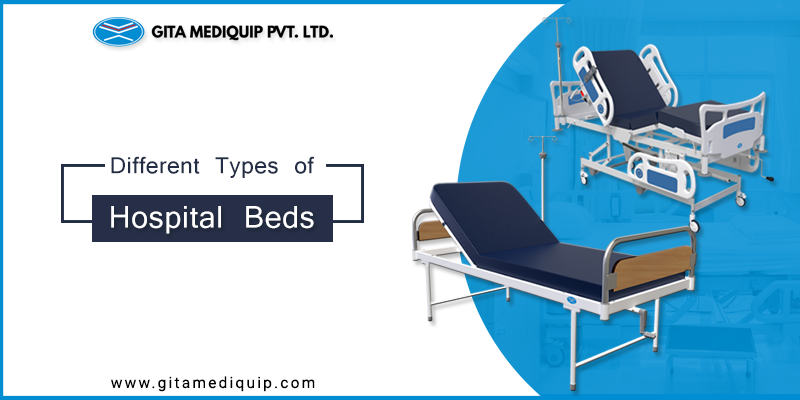What Does Hospital Beds For Home Use Do?
What Does Hospital Beds For Home Use Do?
Blog Article
9 Easy Facts About Hospital Beds For Home Use Explained
Table of ContentsWhat Does Hospital Beds For Home Use Mean?How Hospital Beds For Home Use can Save You Time, Stress, and Money.The smart Trick of Hospital Beds For Home Use That Nobody is Talking AboutThe Ultimate Guide To Hospital Beds For Home UseThe smart Trick of Hospital Beds For Home Use That Nobody is DiscussingSome Known Details About Hospital Beds For Home Use Hospital Beds For Home Use Things To Know Before You Get This
There are three primary kinds of hospital beds: handbook, semi-electric, and fully-electric. These beds utilize hand cranks to change the bed's height and increase and decrease the head and the foot.
Semi-electric beds have an electric motor to increase and reduce the head and foot sections of the bed. Patients and caregivers readjust the positioning by pressing switches using a hand pendant. The elevation of the bed is changed manually with a hand crank. Full-electric beds have an electric motor that can increase the head and foot sections of the bed as well as the entire elevation and positioning of the bed.
The Definitive Guide for Hospital Beds For Home Use
Some versions can likewise move right into more placements, such as the Trendelenburg (tilt) setting. There are several kinds of hospital beds, each designed to satisfy particular client needs. Below are some usual kinds: This is the most usual sort of hospital bed, designed for general medical use. It has a manual or electrically flexible headrest, foot rest, and height.
Lower to the ground than a typical bed. This type of bed is created for bigger individuals, with a broader structure and greater weight capacity than a common bed.
This kind of bed is designed for seriously unwell individuals that require open tracking and specialized clinical devices such as ventilators and mixture pumps. This type of bed is developed for usage throughout labor and shipment, with adjustable settings and features to sustain the mother and baby during the birth process.
Hospital Beds For Home Use Can Be Fun For Everyone
Numerous function and the accessories perform increasing grip to various parts of the vertebra and the extremities without relocating the human body. These are just a couple of instances of the sorts of healthcare facility beds available. The specific type of bed used will certainly rely on the client's problem, medical requirements, and other variables.
Here is the important things you need to know. A one-function health center bed is a clinical bed that enables a person to relocate just the head or foot area up or down. A 2 function hospital bed generally refers to a sort of clinical bed that has two flexible functions to help people in medical facilities or treatment centers.

8 Easy Facts About Hospital Beds For Home Use Explained
A 7-function ICU bed is a type of clinical bed that gives a number of adjustable features to support critically unwell individuals in an intensive care unit (ICU) (hospital beds for home use). The 7 functions usually consist of: Back-rest change: The backrest can be adjusted to different angles to assist the patient stay up or relax pleasantly
Elevation adjustment: The bed can be increased or lowered to make it easier for patients to get in and out of bed, and for caretakers to offer care. Trendelenburg placement: The whole bed can be slanted to promote blood flow and blood circulation in the body. Reverse Trendelenburg position: The bed can additionally be tilted in the contrary direction to promote blood flow and blood circulation in the top body.
1. What Dimension is a Health Center Bed? 2. Just how much Does a Health Center Bed Cost? 3. Why Do Medical Facility Beds Have Side Rails? 4. What Are The Key Medical Facility Bed Parts?. While even more economical than electric versions, these beds need physical initiative for modifications. The major benefits of hands-on beds are their cost and dependability, as they do not depend on electricity. The need for hands-on initiative can be a limitation in scenarios where fast changes are needed or where caregivers encounter physical challenges.
Hospital Beds For Home Use Can Be Fun For Everyone
They are well-suited for clients that need very little rearranging for comfort or clinical requirements. Semi-electric healthcare facility beds supply a balance of manual and electric controls. The head and foot areas are commonly readjusted with electric controls, while the elevation is readjusted manually. These beds offer a suitable center ground between manual and totally electrical alternatives, using convenience of usage without the complete expense of electric designs.
Semi-electric beds are appropriate for individuals who require modest adjustments to the head and foot sections yet can handle without constant height changes. This makes them a cost-effective service for those seeking comfort and ease without the demand for constant repositioning. Completely electrical healthcare facility beds include electric controls for smooth adjustments to the elevation, head, and foot areas.
Specialized healthcare facility beds, such as ICU beds, long-lasting care beds, and bariatric beds, are meticulously made to address particular medical requirements. These beds offer tailored take care of diverse client groups, boosting both outcomes and convenience. In the following areas, we will certainly check out the major kinds of specialized medical facility beds, describing their details benefits and applications.
With years of experience in making electrical linear actuators - hospital beds for read this article home use and close collaboration with the health care sector, TiMOTION is well-positioned to give trusted health care options. Our vertically incorporated company takes care of every action of the manufacturing procedure, from layout to actuator assembly, ensuring we provide phenomenal value and customized remedies tailored to your specific requirements
The 7-Minute Rule for Hospital Beds For Home Use

To discover more regarding integrating these modern technologies right into your products, call us today. Additional analysis:.
Information is sourced from the Medicare Expense Record. Accessed January 2025. Temporary severe treatment medical facilities have the greatest ordinary number of beds at 187. They are the most typical kind of medical facility in the U.S. and compose greater than 50% of U.S. medical facilities. Kid's health centers have 178 beds on standard and VA hospitals average 175 beds.

Everything about Hospital Beds For Home Use
A hospital bed is a bed made specifically for medical objectives. It is not only a location for clients to relax, but also a system for medical operations. Unlike common home beds, medical facility beds generally have adjustable features, which can promote clinical team to make numerous changes according to the needs of patients, such as transforming the elevation, disposition, and assistance angle of the back and legs of the bed.
Report this page